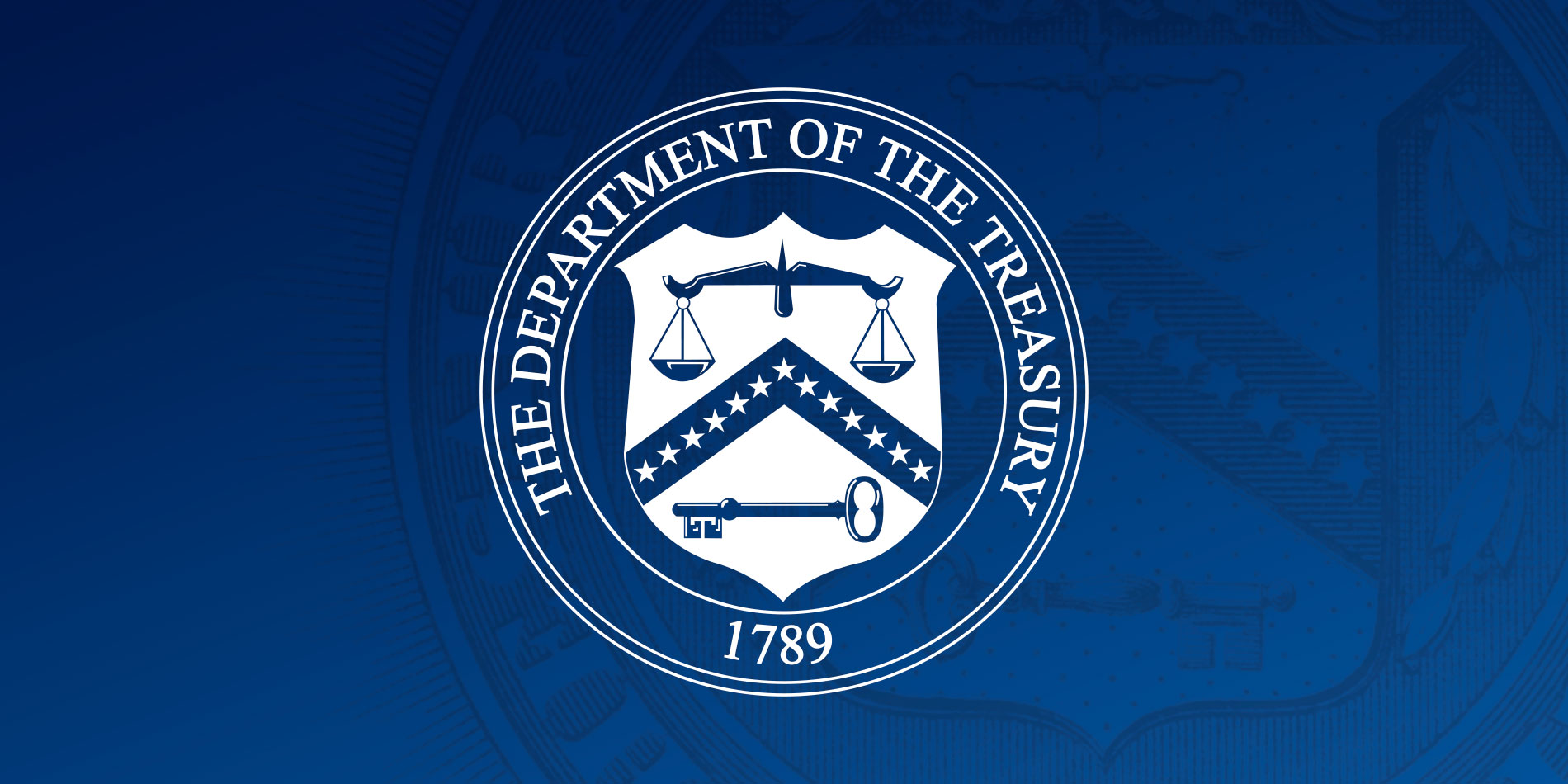At the Summit, Chief Malerba shares Treasury Department initiatives supporting Tribal economic development, including small business financing and expanding access to capital
LAS VEGAS, NV – Today, U.S. Treasurer Chief Lynn Malerba delivered remarks at the at the National Center for American Indian Enterprise Development’s (NCAIED) 2024 Reservation Economic Summit (RES), the largest and longest running national American Indian business event in the United States. During her remarks, Chief Malerba outlined how the Biden-Harris Administration has made strengthening the self-determination and economic vitality of Tribal Nations and Native people a key priority.
One way the Treasury Department has been focused on Tribal economic development is through the implementation of President Biden’s American Rescue Plan (ARP). The ARP included over $30 billion for Tribal governments, including $20 billion from the State and Local Fiscal Recovery Funds (SLFRF) program – the largest single infusion of federal funding into Indian Country in U.S. history. And earlier today, during virtual remarks at RES, Secretary of the Treasury Janet L. Yellen announced new small business funding for Tribes under the State Small Business Credit Initiative (SSBCI), reauthorized and expanded by the ARP. To date, the Treasury Department has approved SSBCI plans for up to $265 million in small business funding for 80 Tribes.
The Treasury Department has also focused on working across the public, private, and philanthropic sectors to maximize federal investments like SSBCI and increase access to capital for Tribal communities. Last month, Chief Malerba participated in a roundtable discussion at the White House with key federal agencies, financial institutions, and philanthropies on increasing capital access for Tribal communities, during which Chief Malerba reinforced the Department’s commitment to facilitating investment in Indian Country. At the roundtable, two new public-private partnerships were announced: The Tribal Community Vision Fund, a national multi-year initiative to expand capital access in Indian Country; and the Indigenous Futures Fund, which seeks to accelerate the flow of SSBCI capital to Native entrepreneurs and enterprises. Specifically, the Indigenous Futures Fund seeks to raise $2 million in grants and $25 million in investment capital to address the immediate needs and opportunities of Native businesses, as well as support the long-term capacity of financial intermediaries working in Indian Country.
In addition to engaging with Tribal leaders at RES, this week, Chief Malerba and senior Treasury officials visited the Moapa Band of Paiutes in southern Nevada, where the delegation toured the Tribe’s solar energy installations and discussed the new tax credits and clean energy finance unlocked by the Inflation Reduction Act (IRA). The IRA established a new credit delivery mechanism – elective pay (often called “direct pay”) – that enables Tribal governments to take advantage of clean energy tax credits, expanding the reach of those credits to help build projects more quickly and affordably, which will in turn create good-paying jobs and lower energy costs. Until the Inflation Reduction Act introduced this new credit delivery mechanism, Tribal governments could not fully benefit from tax credits like those that incentivize clean energy construction. The Inflation Reduction Act also established another mechanism – credit transferability – that expands the range of entities that can benefit from clean energy credits.
###
Official news published at https://home.treasury.gov/news/press-releases/jy2179


